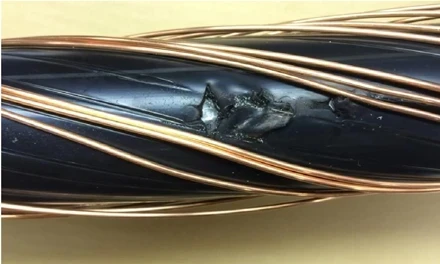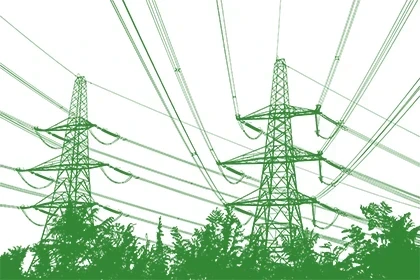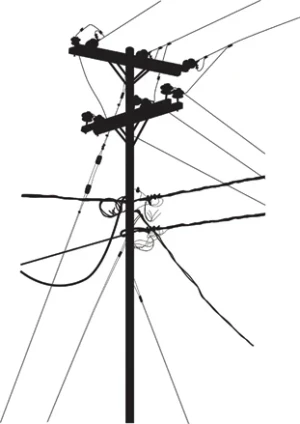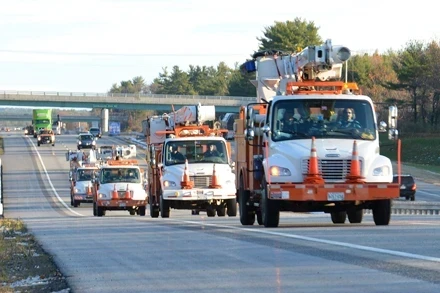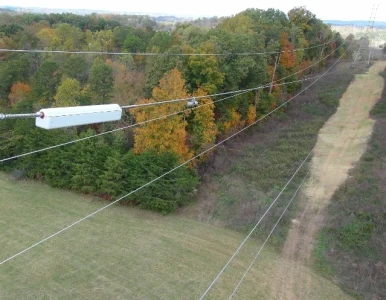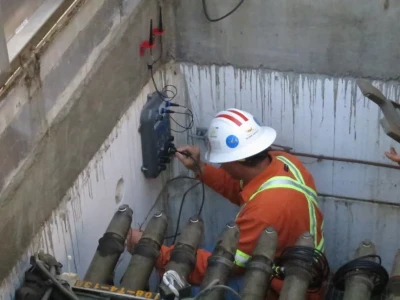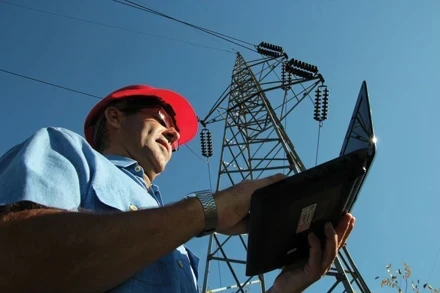Underground Smart Grid

In recent years, the cost to bury high-voltage power lines has decreased dramatically. The American Transmission Company reports that installation costs for underground transmission lines (over 100 kilovolts) are now only 2.5 to 10 times the cost of an equivalent overhead line. Consequently, the number of underground transmission line projects has exploded in recent years and the number of underground high-voltage power lines operating in the United States have dramatically increased.
To date, overhead lines, for the most part, have been first choice for utilities interested in adding new distribution to the power grid. Underground distribution has remained their second choice due to cost, accessibility, worker safety, and other reasons. However, the adoption of underground lines is gaining traction in the industry, due to their resistance to many forms of natural disasters, and the desire of many real estate developers to reduce the visibility of electrical infrastructure.
Despite the recent interest in underground distribution, the aforementioned issues, particularly accessibility, pose difficulties for workers who must maintain and, more importantly, monitor underground power lines and facilities. One option available to address the monitoring issue, among others, is Smart Grid technologies.

